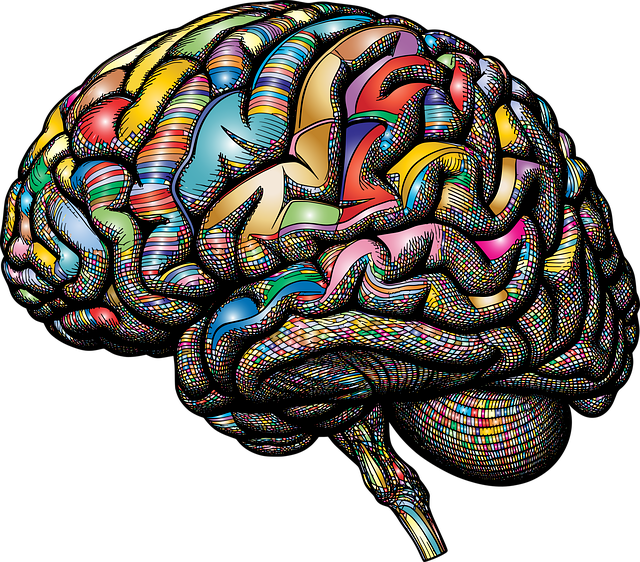Therapy for Elders Conduct Disorder (TEDC) is a growing concern as the population ages, addressing untreated childhood behaviors that lead to aggression and impulsivity. Effective programs include stigma reduction, community outreach, and mindfulness meditation. Public awareness campaigns must humanize complex issues through nuanced approaches, evidence-based methods, personal stories, and data-driven claims. Early intervention and community education are key; measuring campaign success through behavioral changes, service utilization, and healthcare provider attitudes is crucial for burnout prevention among caregivers.
Public awareness campaigns play a pivotal role in addressing societal challenges, especially when tackling complex issues like conduct disorder in elders. This article explores strategies to enhance understanding and support for seniors exhibiting such behaviors. We delve into designing impactful campaigns, highlighting critical considerations for engagement.
The sections navigate through the significance of early intervention, offering guidance on creating effective messaging. Additionally, it discusses measurement techniques to evaluate the success of therapy for elders conduct disorder, ensuring resources are allocated wisely.
- Understanding the Impact of Conduct Disorder in Elders
- Designing Effective Public Awareness Campaigns
- Implementing and Measuring Success of Intervention Strategies
Understanding the Impact of Conduct Disorder in Elders

Conduct disorder in elders is a growing concern within the mental health community. This behavioral issue often manifests as a continuation of childhood behaviors that have gone untreated or unaddressed. As our population ages, it’s crucial to understand the impact and implications of conduct disorder on this demographic. Elders with conduct disorder may exhibit aggression, impulsivity, and a disregard for social norms, which can significantly affect their quality of life and interactions within their communities.
The development and implementation of targeted therapy programs for elders suffering from conduct disorder is essential. Therapy for Elders Conduct Disorder should focus on reducing the stigma surrounding mental illness among older adults while encouraging community outreach program initiatives. Mindfulness meditation has emerged as a promising tool in these efforts, offering a gentle approach to managing symptoms by promoting emotional regulation and calming the mind. By addressing the root causes and providing appropriate support, it’s possible to enhance the overall well-being of seniors affected by this disorder.
Designing Effective Public Awareness Campaigns

Designing effective public awareness campaigns requires a deep understanding of the target audience and the message you aim to convey. When addressing issues like Conduct Disorder in elders, it’s crucial to tailor your approach to resonate with both the affected individuals and the broader community. Start by defining clear objectives and using compelling visuals and narratives that humanize the issue. For instance, showcasing personal stories through a Mental Wellness Podcast Series Production can make complex topics more accessible and relatable.
Incorporating evidence-based therapy methods like those used in Conduct Disorder treatment can lend credibility to your campaign. Use data and expert opinions to back up your claims while also highlighting the positive impacts of early intervention and support. Effective communication strategies, such as clear, concise messaging and using multiple channels (social media, community events, local press), ensure that your audience receives and understands the information. By balancing sensitivity with specificity, you can create campaigns that not only raise awareness but also encourage meaningful action and positive change for elders facing Conduct Disorder.
Implementing and Measuring Success of Intervention Strategies

Implementing successful public awareness campaigns requires a structured approach, especially when addressing complex issues like Conduct Disorder in elderly populations. These campaigns aim to educate communities and encourage early intervention, which is crucial for effective therapy and improved eldercare. The key lies in translating awareness into actionable steps, ensuring that the target audience understands the signs and symptoms of the disorder and knows where to seek help.
Measuring the success of such interventions is essential to assess their impact and guide future strategies. By tracking behavioral changes, increased service utilization, and improved healthcare provider attitudes, it becomes possible to evaluate the effectiveness of public awareness campaigns. For instance, a campaign focused on Conduct Disorder in elders might measure a rise in calls to eldercare hotlines or an increase in individuals seeking therapy for elders conduct disorder, indicating successful outreach and engagement. This data-driven approach allows for continuous improvement in burnout prevention strategies for healthcare providers, ensuring they are equipped to handle the demands of this unique patient population.
Public awareness campaigns play a pivotal role in addressing issues like conduct disorder in elders. By educating communities, we can foster understanding, reduce stigma, and encourage early intervention. Utilizing evidence-based strategies, such as those detailed in this article, including targeted messaging and accessible resources, ensures that at-risk individuals receive the therapy for elders’ conduct disorder they need. Continuous evaluation and adaptation of these campaigns are essential to meet the evolving needs of our aging population and create a more inclusive society.









